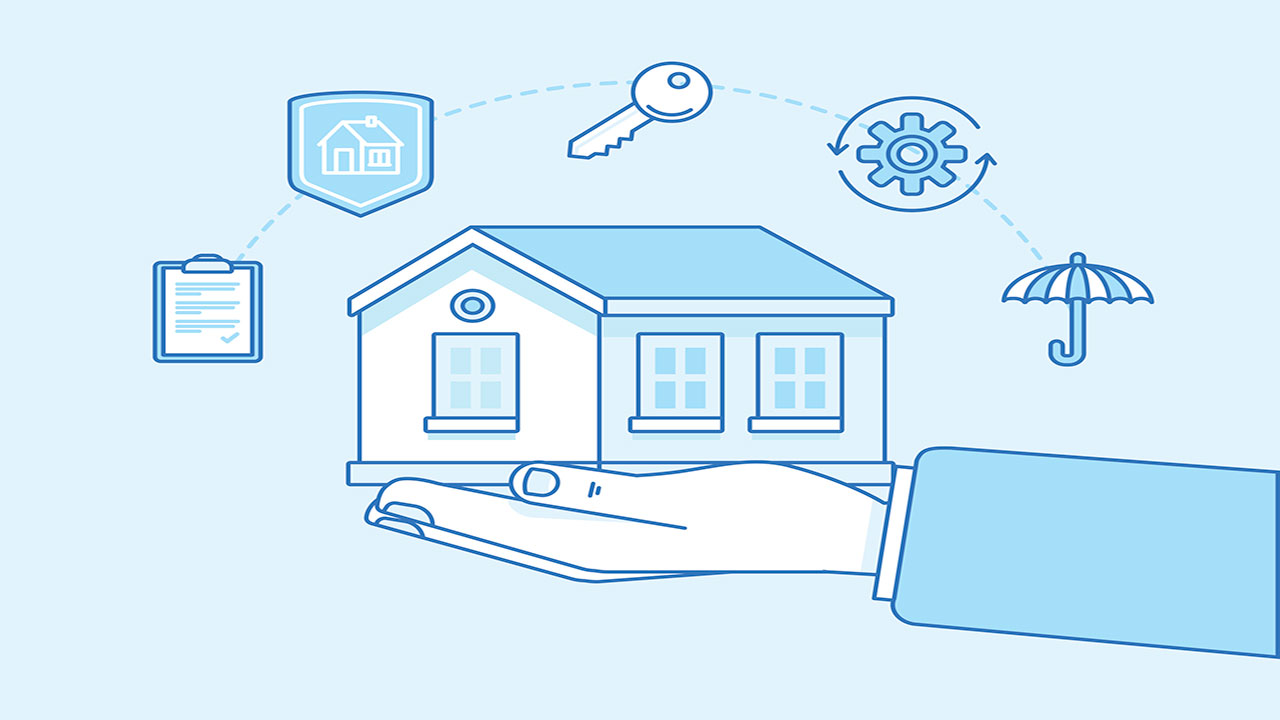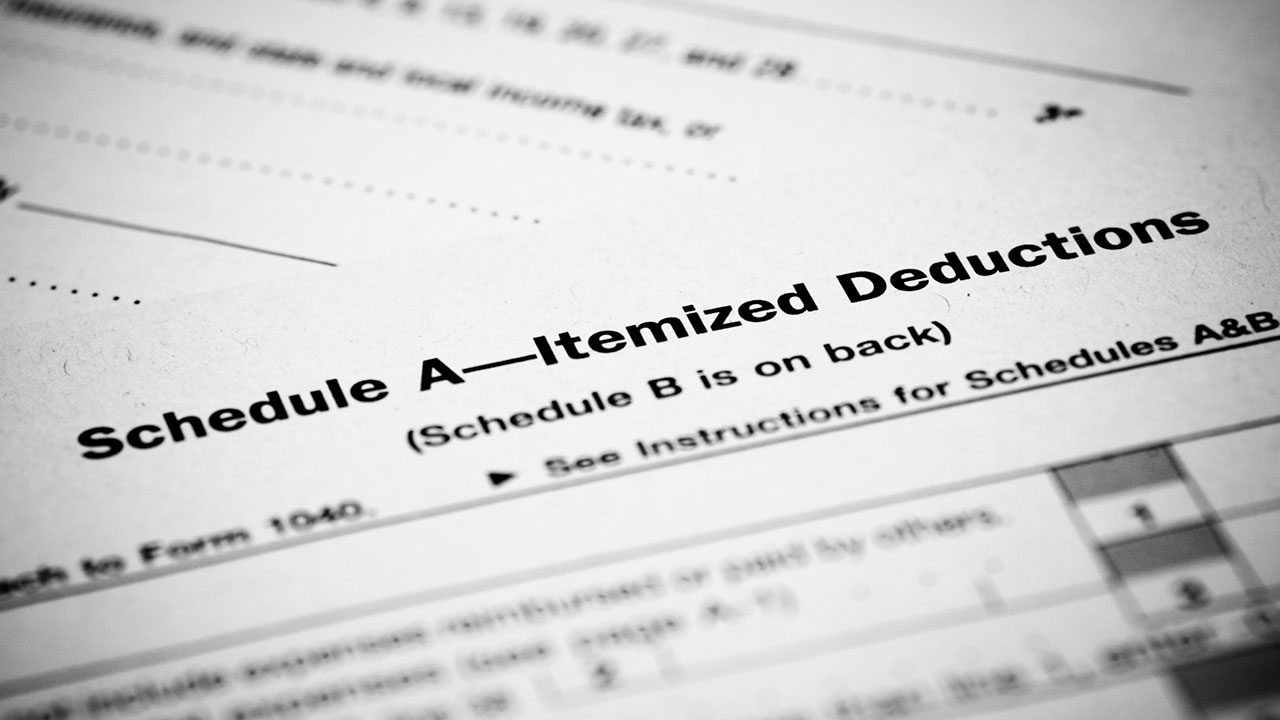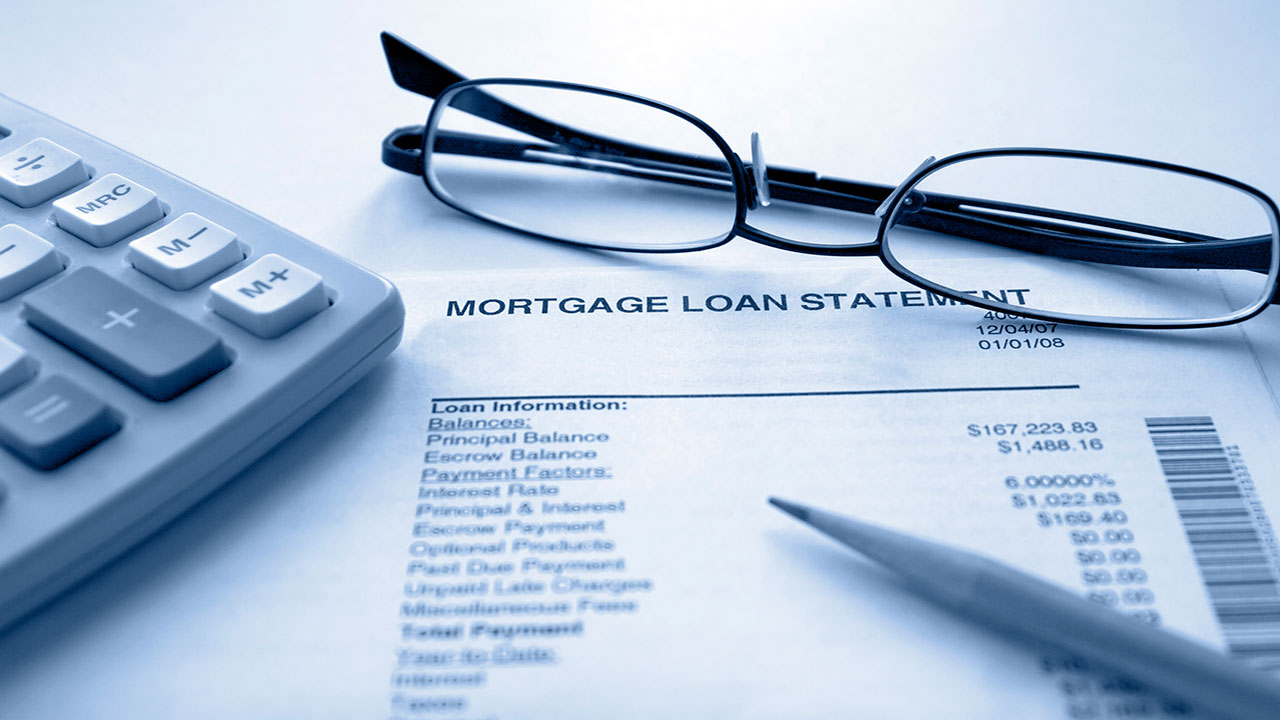4 Reasons to Do Your Best to Avoid Private Mortgage Insurance

As if buying a home isn’t a large enough expense that comes with hefty monthly mortgage payments, there are other fees that are tacked on to the overall cost, including Private Mortgage Insurance (PMI) in many cases.
If you’ve managed to come up with a down payment that’s worth 20% or more of the purchase price or appraised value of the home, then you won’t have to worry about PMI. But for many borrowers, coming up with a 20% down payment is no easy feat.
With housing prices continuing to climb higher and higher, saving up 20% can be very challenging, especially with all of life’s other expenses thrown into the mix. If you don’t have at least 20% to put down for a home purchase, you’ll be slapped with additional PMI fees on top of your mortgage.
Private mortgage insurance is designed to protect your lender in case you default on your mortgage. The higher the loan amount and loan-to-value (LTV) ratio, the more of risk you’ll be in the eyes of your lender. Having this insurance policy taken out on your mortgage helps your lender recoup the funds loaned out to you in case you can’t repay the mortgage at a later time for whatever reason.
That said, there are some solid reasons why you should try your best to get 20% together for a down payment and effectively avoid paying PMI.
1. Extra Cost

Like any other type of insurance policy, PMI comes with a premium that needs to be paid. And the less you put down, the higher the PMI premium will be. These fees vary from anywhere between 0.3% to 1.5% of the original mortgage amount per year, depending on your down payment amount and credit score.
That means you’d be stuck paying over $333 a month or $4,000 a year on a $400,000 mortgage with a 1% PMI rate. That’s a lot of money that could otherwise have gone to other pressing expenses.
PMI premiums can either be paid in a lump sum upfront when you first take out your mortgage or can be paid monthly. The latter is typically the more common option among borrowers. Regardless of how you choose to pay, this is an added cost that you can effectively avoid if you can manage to get 20% of your purchase price together.
2. It’s Not Tax Deductible

As a homeowner, you have the benefit of deducting your mortgage interest if you itemize these deductions when filing your tax return. What you can’t deduct from your taxes, however, are your PMI premiums. Regardless of how you file your taxes, PMI is not tax deductible. Not long ago, PMI could be deducted if your adjusted gross income (AGI) did not exceed $100,000. Today, that the tax break is gone, which means you no longer have the chance to lessen the blow of the added PMI payment.
3. It’s Hard to Get Rid of

In order to eliminate PMI premiums, you will have to pay down enough of your mortgage so that you owe less than 80% of the home’s value. Once your owed amount drops under the 80% threshold, PMI premiums are supposed to go away.
However, it’s not always as easy as this. PMI premiums don’t go away on their own without some intervention on your part. In fact, it can be quite difficult to have your PMI premiums eliminated. You might have to submit a request to your lender to have your PMI removed from your mortgage.
In some cases, you may even need to have your home appraised before your lender agrees to drop the PMI. By the time all is said and done, it could be months before you’re finally rid of this pesky payment.
4. You’re Paying to Have Another Party Protected

The typical insurance policy is designed to protect you, the person paying for it. But in the case of PMI, the entity being protected is the bank, not you.
It can be rather disheartening to know that all that money you’re paying in insurance premiums is being used to protect your lender instead of yourself or your family. You won’t be able to recoup that money when you sell your home, either, and it doesn’t reduce your outstanding mortgage balance. It’s just an added fee that’s tossed out the window.
The Bottom Line
It’s understandable that lenders would want some sort of compensation in the event that a borrower fails to pay their mortgage, and private mortgage insurance gives them a way to recoup their money. But PMI is just an added expense that doesn’t have to be paid. The most obvious way to avoid paying PMI is to put down 20% or more when you take out a mortgage.
Not only does a bigger down payment help you avoid PMI payments, it will also decrease your home loan amount and thereby help you keep more money in your pocket in both PMI payments and interest on the loan amount. Not only that, your home will have more equity in it right from the get-go.
If you’re unable to put 20% down, there are other mortgage options available that don’t require a massive down payment or PMI, such as FHA-backed mortgages. Speak with a mortgage specialist to find out what options are available to you.
